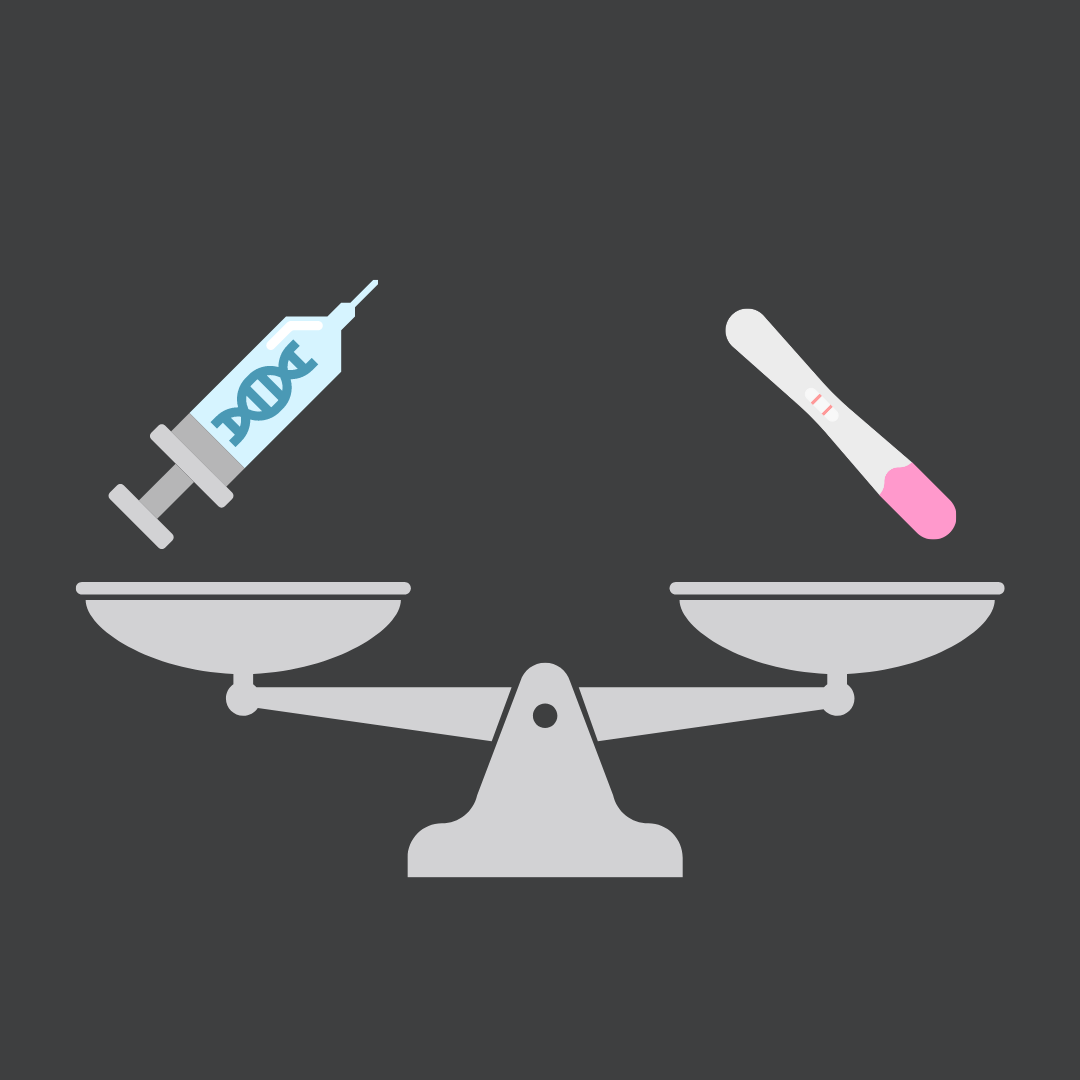Aggregated News

As a teenager, Marie Tornyenu was always having to explain herself. If it wasn’t the chronic absences that had her doing homework from a hospital bed, it was the quilted blanket she carried with her on the days she could attend class. “It was a running joke that I was like 80 years old,” she said. “I would usually just laugh it off because the alternative was too depressing.”
Tornyenu was born with sickle cell disease. Sudden cold drafts constricted her blood vessels, causing a pile-up of red blood cells. Bent into crescent shapes as the result of a genetic mutation, they choked her tissues of oxygen and sent waves of excruciating pain through her body. Despite the precautions she took and the medications her doctors prescribed, Tornyenu still missed 100 days of high school due to these pain crises.
That made Bethlehem, the eastern Pennsylvania city where she grew up, an oftentimes lonely place. Like most of the 100,000 or so Americans with sickle cell, Tornyenu is Black, and the only other person she knew with the disease was...



